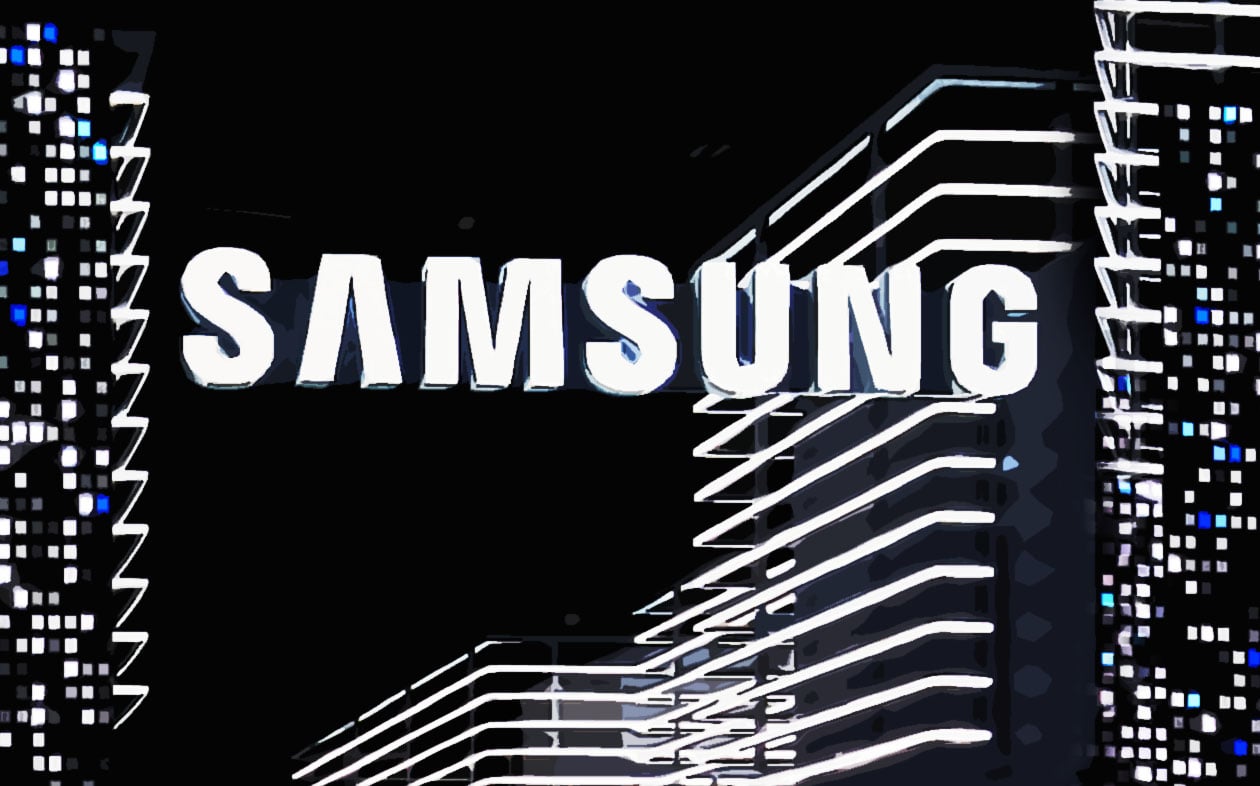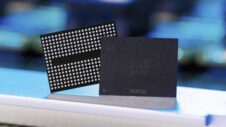Samsung's mobile business will attempt to change its strategy next year to focus more on product competitiveness and less on cost reduction. With this drastic shift in philosophy, the company hopes to bring the fight to Apple and secure its leadership position.
The Korean tech giant held an executive meeting with the DX (Device Experience) division, and reports say that Samsung Electronics Vice Chairman Han Jong-hee ordered the division to “think about ways to strengthen the competitiveness of smartphones without getting caught up in cost reduction.” A bit ironic, given that the company recently cut business expenses and overseas trips for the DX division.
Samsung aims to be the top OEM, which means it has to bring the fight to Apple rather than emulating what rivals from China are doing, i.e., develop features meant to look good on launch pages and churn out disposable phones with inconsistent designs and feature sets year after year.
The Samsung Vice Chairman explained that “cost reduction is something that even latecomers like Chinese companies can do without difficulty” and that all of Samsung's departments should focus on strengthening competitiveness rather than spending so much time and resources on developing cost-reduction strategies.
A stronger focus on the user experience and competitiveness from 2023
One of the ways through which Samsung's mobile division achieved profitability since the mid-2010s was to develop the Galaxy A series. But more than anything, this strategy was created as a way for Samsung to compete with Chinese OEMs for market share.
In 2023, Samsung will shift focus on aiming for the top and develop competitive smartphones that would allow it to compete more successfully for the top spot against its only rival that truly matters, i.e., Apple. In other words, the company is trying to play to its strengths rather than engaging in a race to the bottom. Samsung wants to bring the fight to Apple through competitiveness and worry less about what its smaller rivals are doing.
This strategy is already reflected in the company's apparent decision to use a Qualcomm Snapdragon chipset for the entire Galaxy S23 series next year rather than splitting the market between Snapdragon and Exynos, presumably for cost reduction purposes. At the same time, this new wide adoption of Qualcomm chipsets will allow Samsung's new “dream team” to develop a competitive in-house chipset that may be released for flagship smartphones in 2025.
If all pans out as the company expects, the Galaxy S23, the Galaxy Z Flip 5, and the Galaxy Z Fold 5 should be better than ever. Although it could mean that the Galaxy A series will take a bit of a hit, presumably in the number of low-cost devices the company may want to release next year. Which, to be frank, wouldn't be a bad thing, given how confusing Samsung's low-to-mid-range smartphone portfolio has been in the past.







